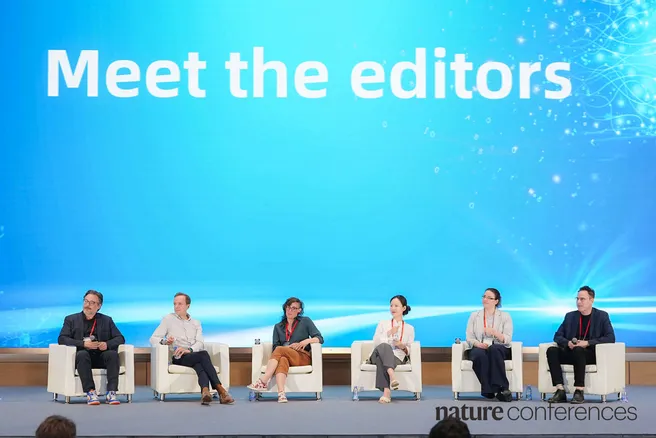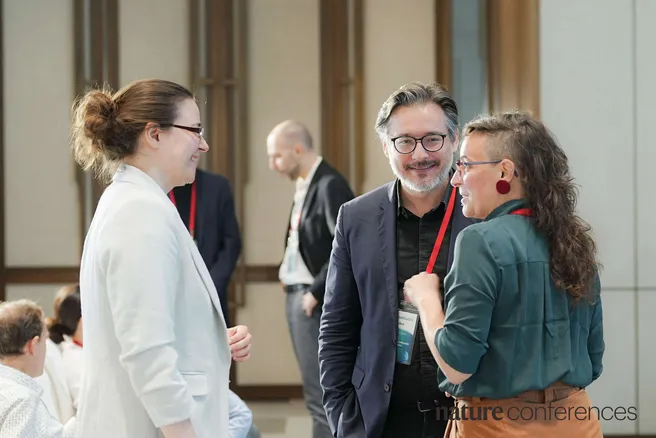With a focus on interfacing with the nervous systems, the conference spotlighted diverse topics including bioelectronic interfaces, disease modeling using microphysiological systems, machine learning for neuroscience, brain imaging, robotics, AI, exoskeletons, and brain-computer interfaces. These discussions traversed the spectrum of research and development, from conceptualization to clinical implementation, with an emphasis on optimizing neurotechnologies for motor and cognitive control.
Professor Haddadin's presentation, a highlight of the event, unveiled groundbreaking insights into enhancing human-machine collaboration through robotics and artificial intelligence. His research exemplifies the conference's overarching goal of catalyzing interdisciplinary collaborations to unlock the full potential of technology in advancing our understanding of the nervous system and improving human health and well-being.


